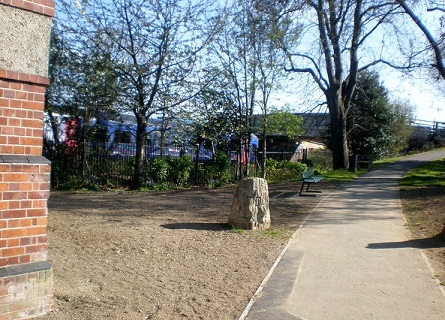By Tim Lambert
Early Copnor
The Saxons settled on Portsea Island in the 6th century. One of them was called Coppa. He owned a stretch of shoreline, in the Saxon language an ora. Today we put an apostrophe ‘s’ at the end of a person’s name but the Saxons put the letter n so it was called Coppan ora.
By the time of the Domesday Book in 1086, it had changed to Copenore. At that time Copnor was a tiny village with a population of 100 or less. However, it did have a salt pan worth 8 pence (a lot of money in those days). The villagers lived in simple wooden huts and they farmed the fields around Copnor.
In 1665 a tax was placed on hearths (fireplaces). At that time Copnor was still a tiny village. Some houses only had one hearth because poor people often lived in tiny huts with just one or two rooms. However, a man named Charles Summers had 5 hearths.
Near the village, seawater was used to make salt at Great Salterns. In the 18th century, much of the salt used by the British navy was made at Great Salterns.
In the late 19th century Copnor was still a small village separated from Portsmouth by fields. Nearby Baffins was farmland with Baffins Pond, Baffins Farm, and Tangier Farm.
Modern Copnor
However, Portsmouth was growing rapidly and by 1910 the village of Copnor had been engulfed by the expanding city. Baffins takes its name from Baffins Farm, which used to be there. In the 1910s the area became built up. Fortunately, Baffins Pond was preserved and it opened to the public in 1912. Also in 1912, the Tangier pub opened.
St Albans Church opened in 1914 and St Cuthberts opened in 1915 (although it was damaged by bombs in World War II and was partly rebuilt).
Copnor Road School opened in 1909. The Golden Hind pub was built in 1929. The Star and Garter pub was also built in the 1920s.
Copnor was bombed in an air raid on Portsmouth on 16 November 1940. Copnor Road was hit by more bombs in an air raid on 10 May 1944. Meanwhile, Eastern Road was completed in 1942.
Copnor Fire Station closed in 2008.
Today Copnor and Baffins is a flourishing area of Portsmouth.
